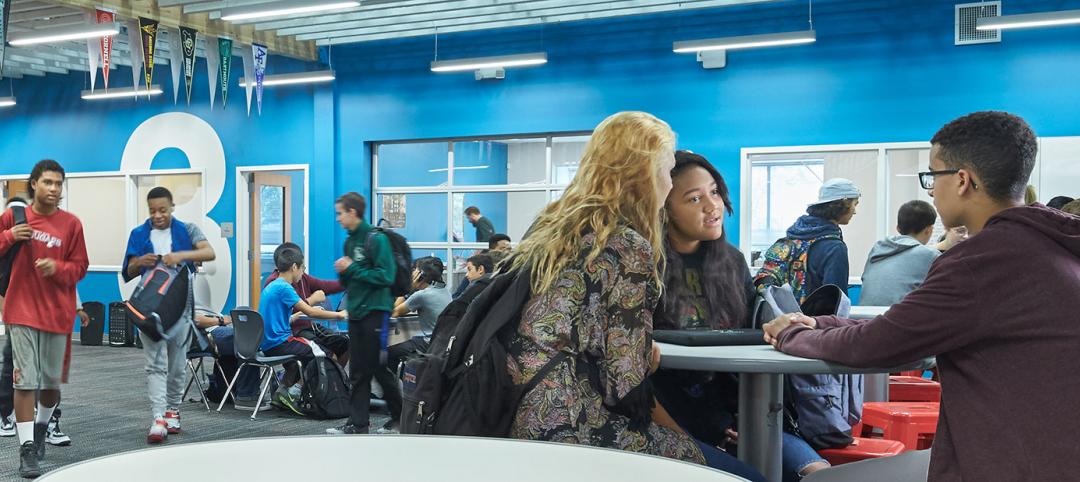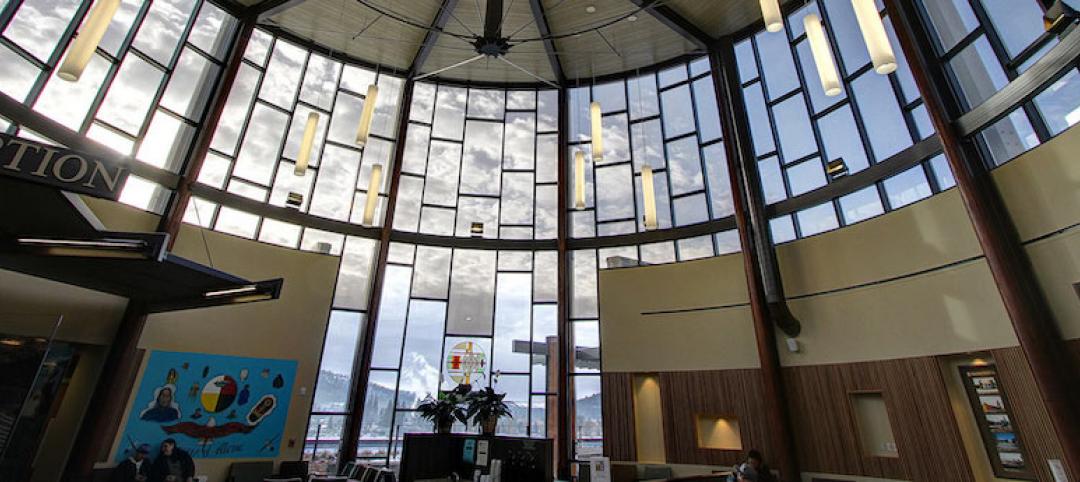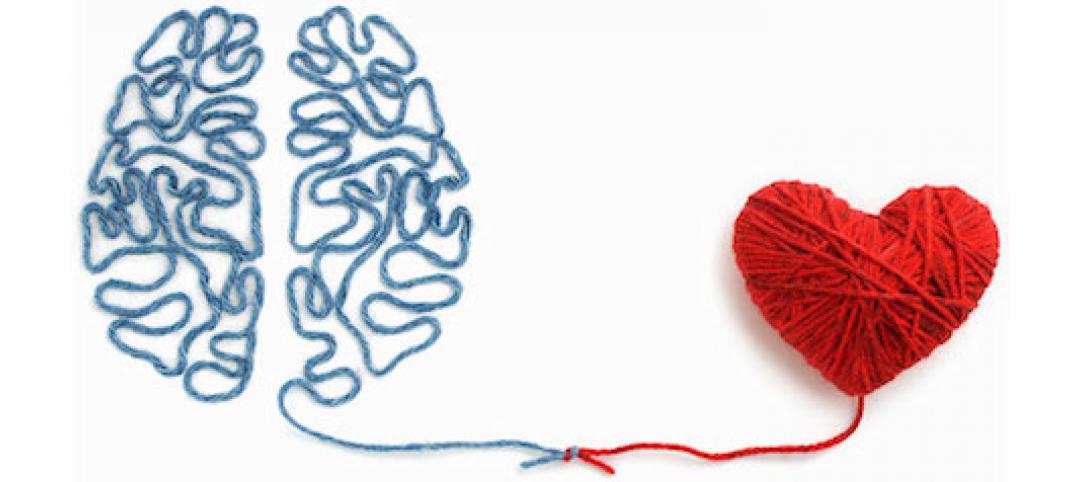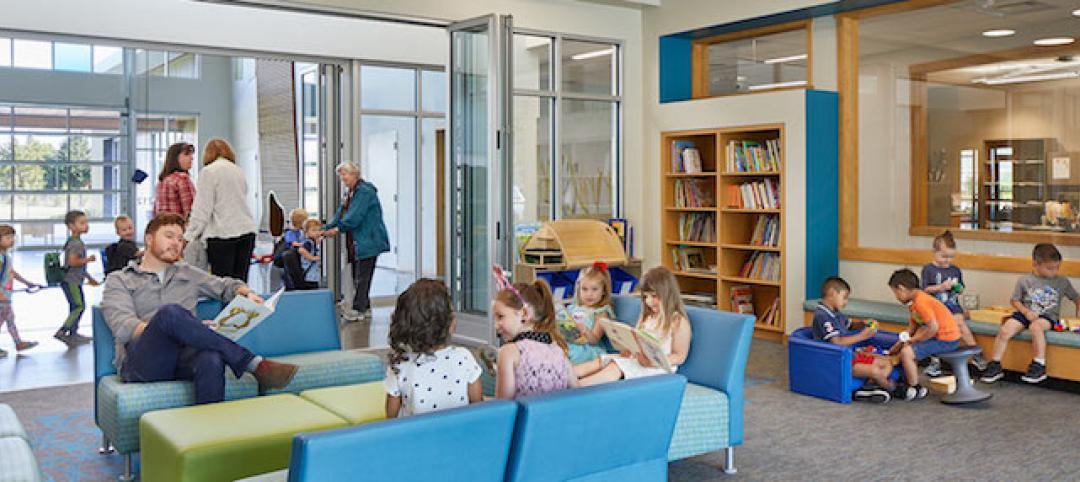Architecture is something that is often pursued as a response to a need; a need for shelter, security, fellowship, work, healing, or learning. A building always has some kind of specific purpose, and that purpose frequently impacts people.
People are enigmatic and inherently complex, which can make it difficult to design for a larger population. The first step in tackling this challenge is in seeking to understand people's unique circumstances on a deeper level.
How Can a Designer Capture an Individual's Experience?
In 1979, Patricia Moore, a young industrial designer living in New York City, decided that she needed to gain a deeper understanding of what it was like to live as an elderly person. She had a passion for the elderly and wanted to design products that did not alienate them1. She wrestled with the challenge of how she could better understand the world from their perspective and ultimately decided to prosthetically disguise herself as an 80-year old woman. In addition to makeup and prosthetics, Moore used a variety of clothing and props that gave her the appearance and physical limitations as an elderly woman of various socioeconomic statuses. She traveled to over 100 cities throughout the United States and Canada experiencing life as an elder, enduring the good and the bad.
Moore understood that her ultimate goal was to meet the needs of the consumer and that it was up to her to consciously put forth the effort to see the world from their perspective. As architects, we have a unique duty to shape the world around us and an obligation to understand the people who live in that world.
Understanding through Empathy
Last year I was on a survey for a local school district and one of the school principals expressed her desire for a space that students could use during their break. She explained that some students didn't care to participate in schoolyard games. Instead, these students had more of an aptitude for puzzles and mind games. This room, she suggested, could be a place for students to read and play board games. In the midst of all of the meetings we had that day this particular point raised by this principal resonated with me.
A simple space could transform the quality of life at school for a student. Now, instead of being pressured into things that doesn't fit into one's natural inclinations, a student could feel that their interests are equally accepted instead of something that requires "special attention." By understanding the deeper aspects of a student's character, in this case the more introverted and independent aspects, we are able to introduce a spatial provision to meet an important need. We take the intrinsic issues and characteristics in a person's life and address them through architecture. In this example, an alternative space for student activity; a basic solution in response to a very important issue.
 We can design educational spaces that encourage students to participate and contribute more comfortably. Playa Vista Elementary School - NAC Architecture.
We can design educational spaces that encourage students to participate and contribute more comfortably. Playa Vista Elementary School - NAC Architecture.
Dr. Paul Ekman, the world's foremost expert on emotions and facial expressions, explains how empathy refers to how we react to another person's emotions. He goes further by delineating different aspects of empathy, explaining that "in cognitive empathy we recognize what another person is feeling. In emotional empathy we actually feel what that person is feeling, and in compassionate empathy we want to help the other person deal with [their] situation and [their] emotions"2. Patricia Moore possessed the cognitive and compassionate parts of her empathic relationship to elderly people but decided that she needed to deepen her understanding of what this group of people actually were experiencing. Ekman would say that she was tapping into her emotional empathy.
 By understanding what students desire, we can design spaces that will support and stimulate them in the ways that they need to excel. Grapeview K-8 School - NAC Architecture.
By understanding what students desire, we can design spaces that will support and stimulate them in the ways that they need to excel. Grapeview K-8 School - NAC Architecture.
In design I believe there is the understanding of the situation and the desire to help but what sometimes is lacking is the personal realization of what the people we are designing for are actually experiencing, the emotional empathy. How might we gain that deeper understanding in a way that is sustainable in our workplace? We aren't able to go out and live the lives of our clients like Moore did. We need to be in the office working on the design. So our approach has to be something that we can incorporate into our normal flow of work and/or a mental exercise that becomes a part of our personal design process.
 From soft seating to extensive daylighting, intentional design elements can help give students comfort and security within their learning environment. Snowdon Elementary School - NAC Architecture.
From soft seating to extensive daylighting, intentional design elements can help give students comfort and security within their learning environment. Snowdon Elementary School - NAC Architecture.
A Fresh Approach
In his book, Mastery, Robert Greene talks about how historical masters such as Leonardo da Vinci, Mozart, Charles Darwin, and many others displayed an uncanny ability to understand the people around them3. He explains how this understanding was vital to each of their respective creative achievements. The one thing many of the historical masters had in common was their ability to set aside their personal feelings and simply observe the people around them in a deep and methodical way. This brought them understanding and ultimately, extraordinary breakthroughs. For us, we have a chance to observe students during our site visits and surveys before a project has started. If we look at surveys as an opportunity to tap into the lifestyle of the students at our schools we can redefine what this stage in the process really means. Who is sitting alone at lunch? What are the popular kids doing, and where are the "nerds"? Who is sitting in the back of class and why? Could the space give that student a greater degree of comfort or is there something more internal happening? It's an opportunity to practice our powers of observation and empathy.
Let's take it a step further and look at this idea more pragmatically. How would we answer something similar to our previous questions: is there something about a space that could give a new student a better chance of connecting with their new peers? Take a lunch area, for example, essentially it's just a space with tables and benches for students to eat on. But for a new student lunch break is likely to be the most dreaded part of the first day. The fear of being ignored or sitting alone is strong. We can't control if a student decides to sit alone but we can reduce the chances of that student being ignored and inadvertently encourage other students to interact with him. The answer is in the tables. Most campuses have rectangular tables. Rectangular tables create a hierarchy that make it easier for certain students to be excluded. If a group of friends are sitting at one end of a table and a new student comes to join them, left with a seat at the other end of the table it is difficult for both parties to try and interact with the other. Rectangular tables in a social setting like this creates a subtle atmosphere of inequality. The reciprocal response to this would be the round table. In The Definitive Book of Body Language, Allan and Barbara Pease recount how "King Arthur used the Round Table as an attempt to give each of his knights an equal amount of authority and status."4 They go further to explain how a round table "is ideal for promoting discussion among people who are of equal status…" Now, with the implementation of a simple change in geometry, our new student's chances of being excluded are much lower.
In the office we aren't able to directly observe our subjects and therefore we must use our minds to tap into their psyche. I recently finished Walter Isaacson's biography on Albert Einstein. In that book Isaacson talks about how Einstein came to his revolutionary discovery of General Relativity through a thought experiment; he simply used his imagination to discover one of the deepest mysteries of the universe5. I think we can take a similar approach in trying to understand our building users. Just like Einstein didn't need to be in the depths of space to make his discovery we don't need to be with the user to interact with them. If we simply pause, slow down, and really put ourselves in the place of the user—at one point we were all students—I believe we will find things we usually wouldn't think of will begin to arise in our minds. "If I'm timid and easily intimidated, what might influence my perception of things? I'm a new student, could something about the lunch area make it easier for me to meet someone?" This approach can be a powerful technique when we don't have access to the site but it can also be an exercise that empowers us to make discoveries that simple observations cannot facilitate. Einstein said that "imagination is more important than knowledge." Let's take that advice and incorporate it into our meditations about our building users, on and off of the site.
 Communal spaces can promote conversation as well as individual reflection. Cherry Crest Elementary School - NAC Architecture.
Communal spaces can promote conversation as well as individual reflection. Cherry Crest Elementary School - NAC Architecture.
Architecture is Merely a Means
Friedrich Nietzsche, the famous German philosopher, explains in his book, Human, All Too Human, how "during a journey we commonly forget its goal. Almost every profession is chosen and commenced as a means to an end but continued as an end in itself. Forgetting our objectives is the most frequent of all acts of stupidity"6. When I ask people why they want to work in architecture their answers usually have something to do with the enrichment of human life. Architecture is the vehicle that empowers them to fulfill that desire to serve humanity. But as time goes by and work becomes more demanding we can forget what our initial goals were. Nietzsche would say we were "stupid" but I think that is a little harsh. We just need to remind ourselves that we have a unique ability to impact a person's life through our work and we have a duty to do what we can to actualize that impact in the most powerful way possible. The architectural product is not an end-in-itself but rather a means that allows us to address the human condition. Let's learn from Patricia Moore's extraordinary experiment. Our devotion to the people we are designing for is manifested in the work that we do but in order for that manifestation to be truly life changing our mission must not be forgotten: "to create places that advance learning, enhance wellness and enrich lives." If we always remember, on a fundamental level, that we are striving to impact human lives through our work then we are one step closer to a more empathic approach to architecture.
Sean Joyner is a designer at NAC Architecture specializing in educational and community-focused projects. His passion for design stems primarily from his passion for people. Sean has an enthusiasm for addressing the specific needs of people and their communities.
More from Author
NAC Architecture | Apr 11, 2024
The just cause in behavioral health design: Make it right
NAC Architecture shares strategies for approaching behavioral health design collaboratively and thoughtfully, rather than simply applying a set of blanket rules.
NAC Architecture | Jan 26, 2023
6 ways 'choice architecture' enhances student well-being in residence halls
The environments we build and inhabit shape our lives and the choices we make. NAC Architecture's Lauren Scranton shares six strategies for enhancing well-being in residence halls.
NAC Architecture | Aug 4, 2022
Faculty housing: A powerful recruitment tool for universities
Recruitment is a growing issue for employers located in areas with a diminishing inventory of affordable housing.
NAC Architecture | Feb 24, 2020
Design for educational equity
Can architecture not only shape lives, but contribute to a more equitable and just society for marginalized people?
NAC Architecture | Aug 22, 2019
Holistic wellness: What we can learn from Native American healthcare practices
Are there existing organizations that have already addressed some of these issues that we can study and learn from?
NAC Architecture | Dec 7, 2018
Planning and constructing a hybrid operating room: Lessons learned
A Hybrid operating room (OR) is an OR that is outfitted with advanced imaging equipment that allows surgeons, radiologists, and other providers to use real-time images for guidance and assessment while performing complex surgeries.
NAC Architecture | Nov 7, 2018
Designing environments for memory care residents
How can architecture decrease frustration, increase the feeling of self-worth, and increase the ability to re-connect?
NAC Architecture | Oct 8, 2018
One size doesn't fit all: Student housing is not a pair of socks
While the programming and design for these buildings all kept a holistic living/learning experience at the core, they also had amazingly different outcomes.
NAC Architecture | Sep 12, 2018
Security vs. 21st century learning: We shouldn’t have to choose
In order to effectively talk about school design, we need to start by understanding what a school is designed to do.
NAC Architecture | Jul 6, 2018
Building for growth: Supporting gender-specific needs in middle school design
Today, efforts toward equity in education encompass a wide spectrum of considerations including sex, gender identity, socio-economic background, and ethnicity to name a few.

















